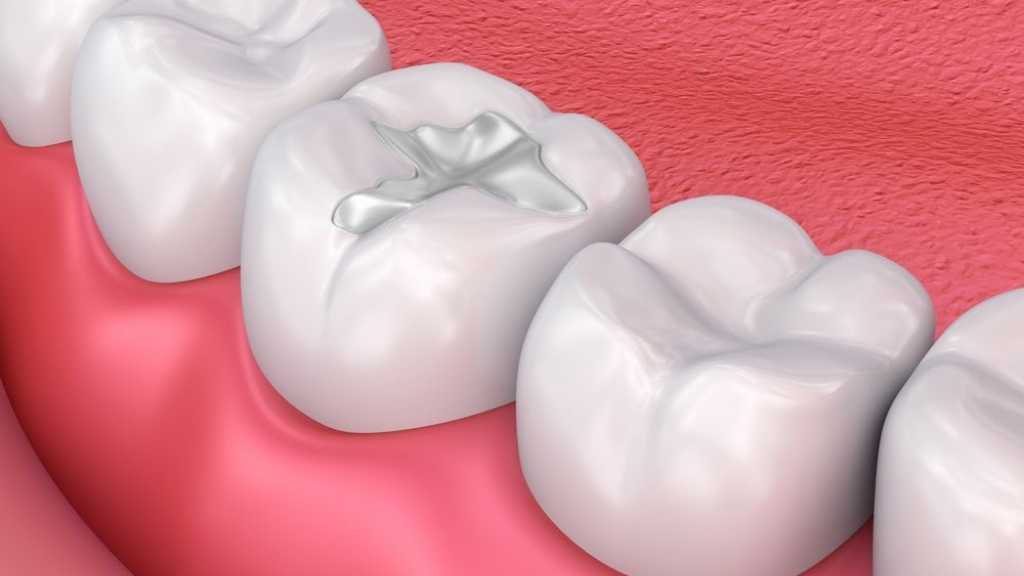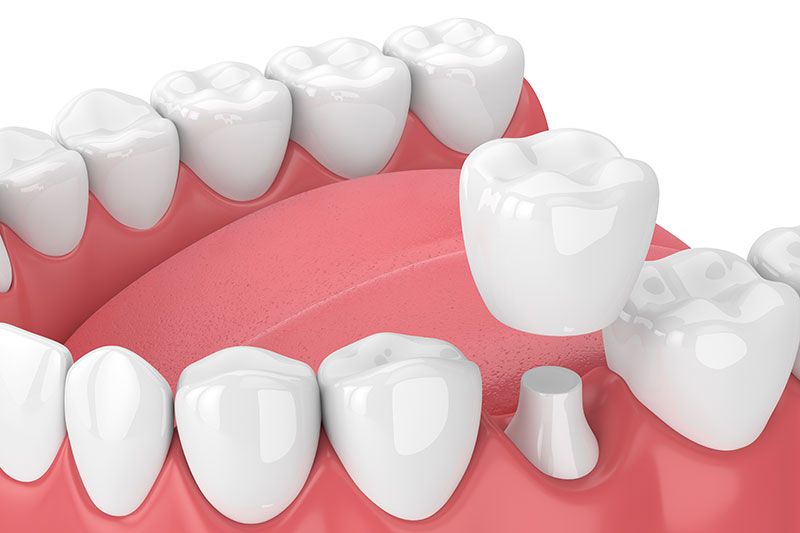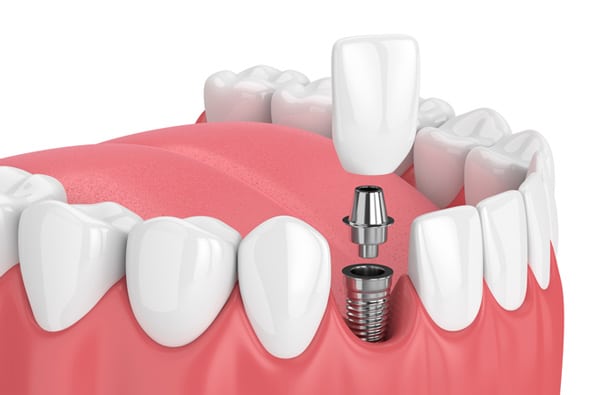
To reduce the chance of tooth decay, it is important to maintain regular dental check-ups and good oral hygiene at home
Fillings and Cavities
A tooth filling is used to fill a hole (cavity). It will correct a deficiency due to decay or wear, or will rehabilitate a chipped tooth. Fillings restore the form, function and integrity of missing tooth structure.
At Dentist by the Park we provide composite resin fillings and CEREC single-visit fillings.
Composite Resin Fillings
Composite resin fillings are matched to the shade of your individual teeth, are minimally invasive and can be placed in a single appointment. Made from a tooth-coloured synthetic resin material, they are a cost-effective option but generally don’t last as long as the alternatives because they cannot withstand heavy pressure and so fracture more easily.
CEREC Porcelain Fillings
CEREC porcelain fillings are sometimes called inlays, onlays, ceramic or CEREC restorations. CEREC porcelain fillings restore damaged teeth in a single visit. They involve the use of high-quality material that matches the colour, function and strength of your natural teeth. For large areas of decay and broken-down teeth, porcelain is generally the material of choice. It is metal free, biocompatible and long-lasting.
Common causes of cavities include:
- Tooth decay, or cavities, from bacteria that has gained access to the tooth (If left untreated, cavities can lead to serious dental problems including pain, infection and abscesses)
- Enamel loss due to wear and abrasion causing sensitivity
- Fractures caused by trauma or blows to the mouth
- Crack lines due to either heavy bite or grinding
- A broken or lost filling
Symptoms that may indicate you have a cavity and need a filling:
- Holes that are seen with the eye or felt with the tongue
- Sensitivity to heat, cold or sweetness
- Toothache or tooth pain
- Pain on biting or chewing
- Floss that keeps tearing between your teeth
- Discolouration or grey shadowing of your tooth surface
- A rough tooth surface
- Decay sighted on an X-ray
Frequently Asked Questions
Having a filling is a relatively simple treatment. Your dentist will use a local anaesthetic to numb the surrounding area, then remove the decayed or structurally unsound portions of the natural tooth in addition to any existing fillings. The chosen material, once prepared, is applied, shaped and set to rebuild the tooth. It usually takes about 30 to 60 minutes to complete each filling.
The anaesthesia used for this procedure normally wears off in a couple of hours. It is recommended that you avoid hot food and drinks during this time to prevent scalding of your mouth. If you must eat, be mindful not to bite into your cheek or tongue while it is numb.
In the days or weeks following a filling, you may experience transient sensitivity – especially if the cavity was deep or close to the nerve. This sensitivity typically decreases and settles. However, if you experience significant discomfort, do not hesitate to contact your dentist.
To maximise the lifespan of your fillings, you will need to maintain good oral hygiene – that is, brush twice daily and floss once daily – as well as having regular dental appointments.
Tea, coffee, nicotine and other substances can stain your fillings, just as they do teeth. Composite fillings are particularly susceptible to staining.
If your dentist has recommended treatment for grinding or clenching, such as a night guard or a splint, take precautions as directed; this will avoid premature cracking or fracture of your fillings.
Material
The lifespan of fillings varies with the material used and the amount of tooth being replaced. Porcelain or gold last longer than composite, which cost less but need to be replaced every three to five years on average. Larger composite fillings can become “leaky” and allow decay around the margins over time. They also tend to lose their colour and lustre, whereas porcelain fillings usually last at least ten years and retain their original colour. Gold fillings also have an excellent lifespan of at least ten years.
Placement
The way both porcelain and composite fillings are placed can affect their longevity, and there are several things dentists can do to maximise their lifespan. In dentistry there is a saying, “The seal is the deal”, meaning that dental fillings are only as good as the quality of the bond between the tooth and the filling material. It therefore makes sense that anything that will strengthen the bond will ultimately increase the lifespan of the filling.
All dental materials that need to be bonded to the tooth structure are sensitive to moisture and won’t stick well if there is humidity or moisture in the area. Hence, all dental fillings should ideally be done under protection, such as a rubber dam or another form of moisture barrier. The dam is a thin rubber sheet that acts much like a raincoat for the tooth, ensuring that the filling is placed under optimal conditions and with the added benefit of protecting the patient’s airway from any debris or dental materials.
Your dentist will advise you on the best filling options for your individual needs.
Composite resin fillings and CEREC porcelain fillings are the most commonly used materials for tooth fillings. Other types of material used include gold fillings and amalgam fillings.
Gold fillings are strong as well as durable. Because they wear in similar ways to enamel, they are less likely to wear down opposing unfilled teeth. Gold fillings are custom made in a laboratory and therefore require two appointments to be placed. Fillings made of gold, a precious metal, are slightly more expensive than the alternatives.
Amalgam fillings were previously the most common choice. The material used is a mixture of silver, mercury, copper, tin and other trace metals. These fillings are less aesthetically pleasing than other types, and for this reason some people may opt to have their amalgam fillings replaced with CEREC porcelain or composite fillings. Additionally, amalgam fillings are so strong that the natural flexion of the tooth around the filling can lead to cracks in the tooth. As dentistry has evolved, amalgam fillings are now seldom recommended or used by dentists.
Any other specials?
Meet Dr Barry Creighton, our gentle sedation specialist.
Our patients enjoy the convenience of having their dental procedures completed in our clinic without the need to go to hospital for a general anaesthetic. Dr Barry is dedicated to providing exceptional quality of care, and his calm and gentle nature provides all with the reassurance that you are in the safest hands.
Speak to our team to find out if dental sedation is safe for you.
Contact Us
We will send you a confirmation within 24 hours.



